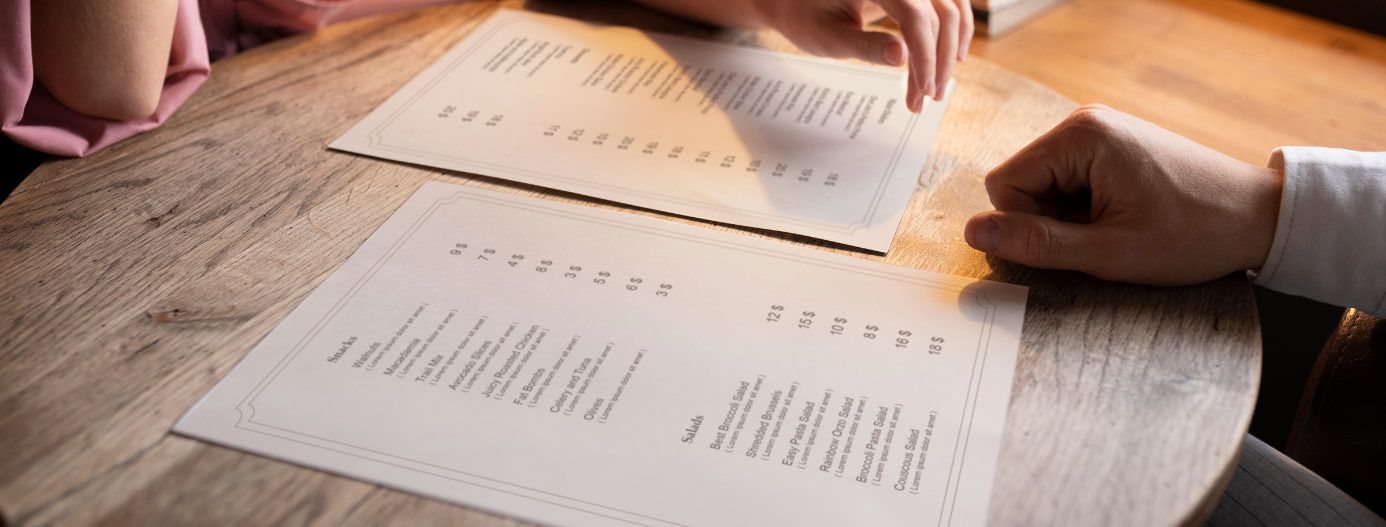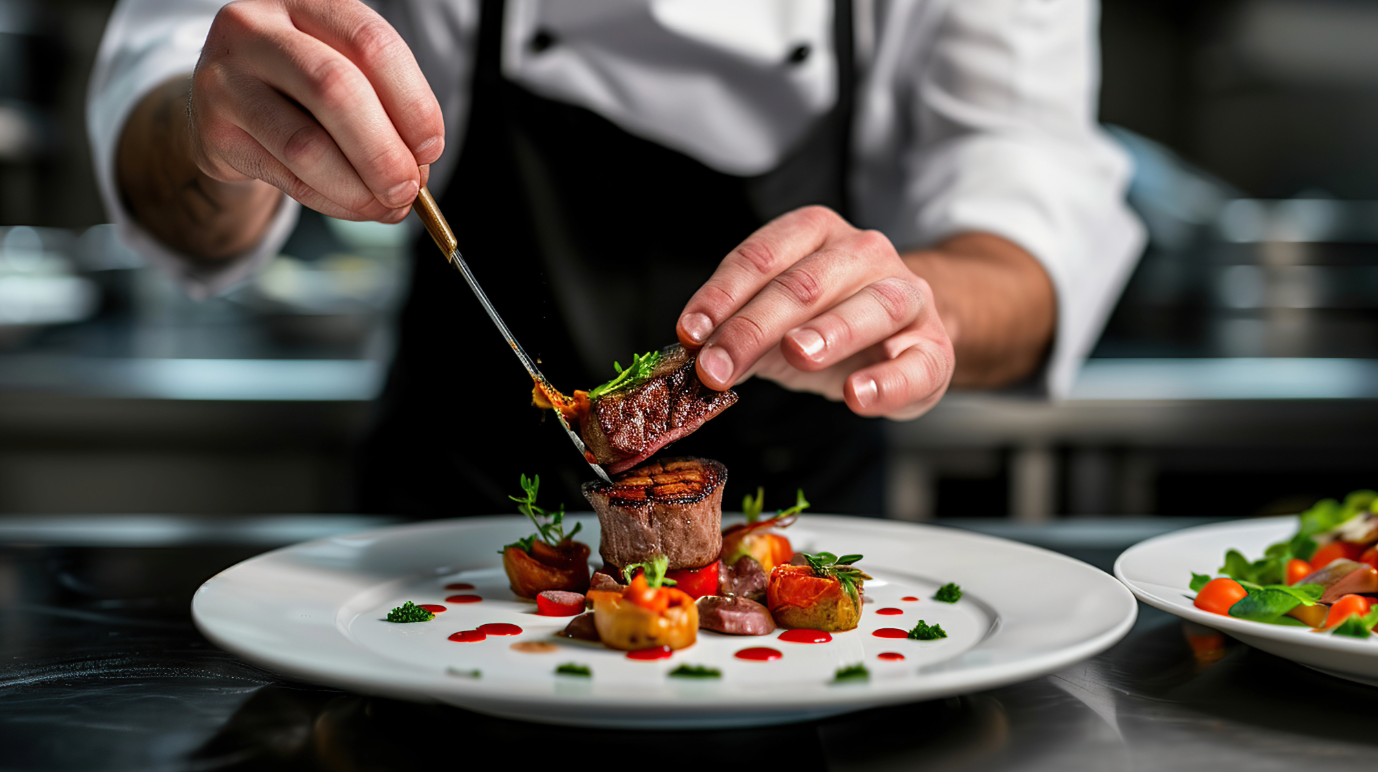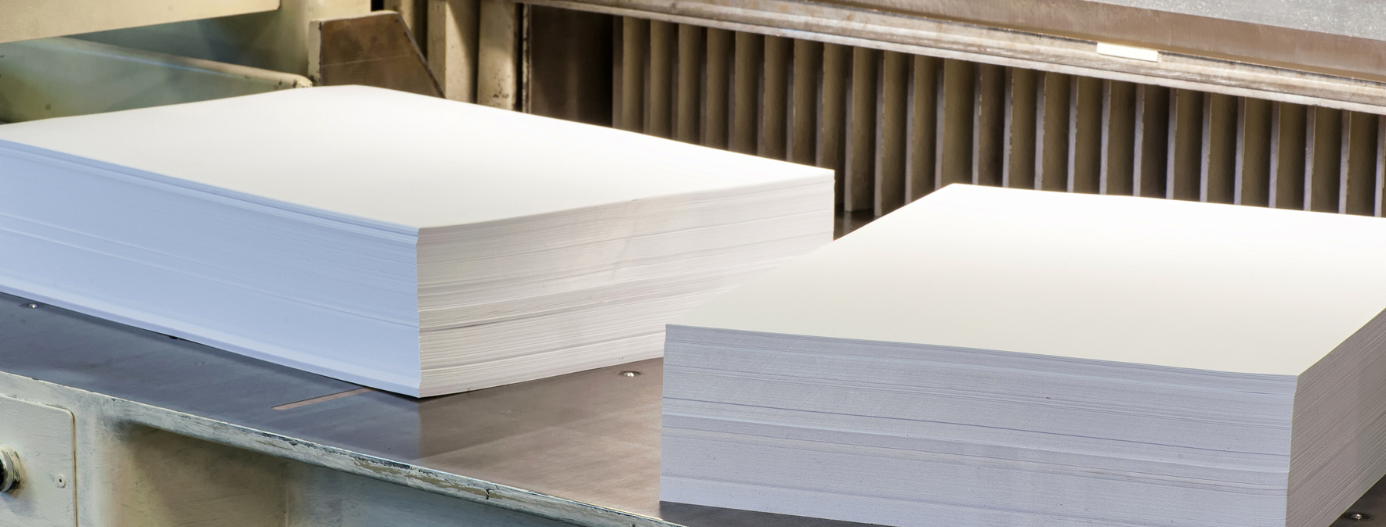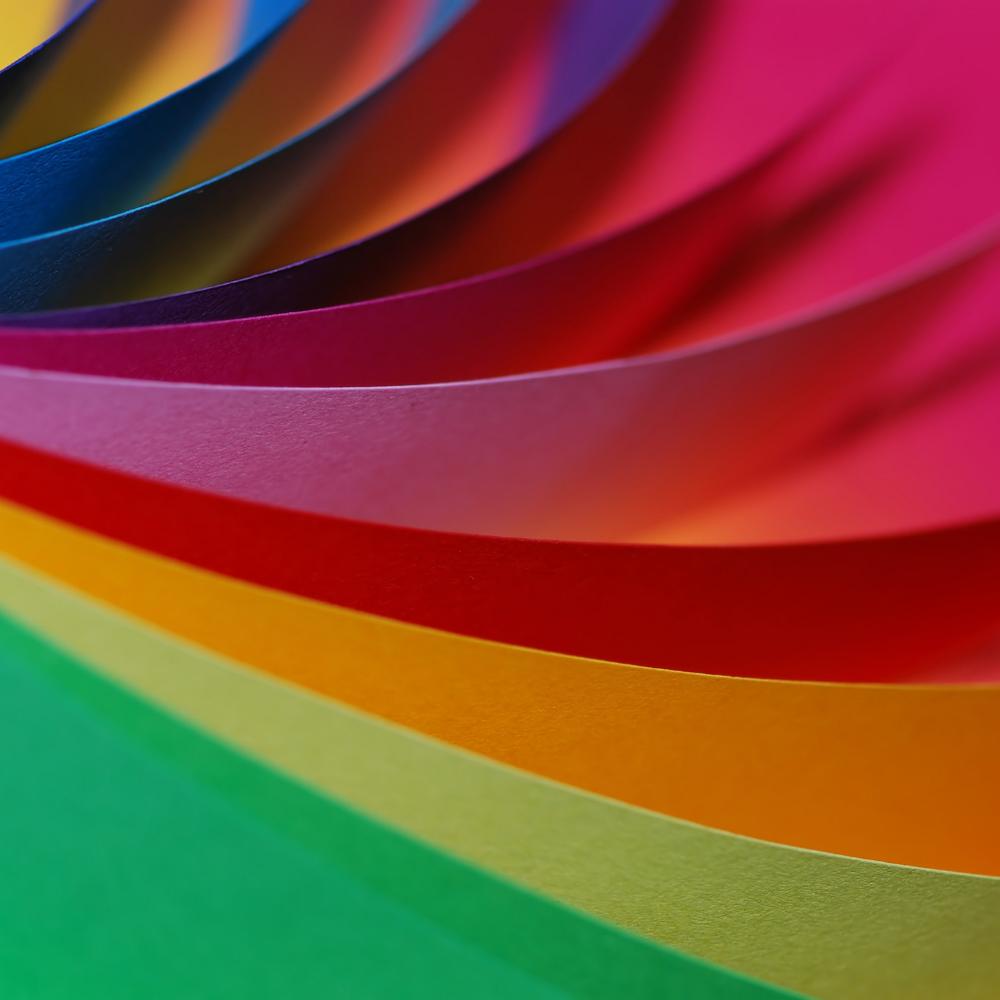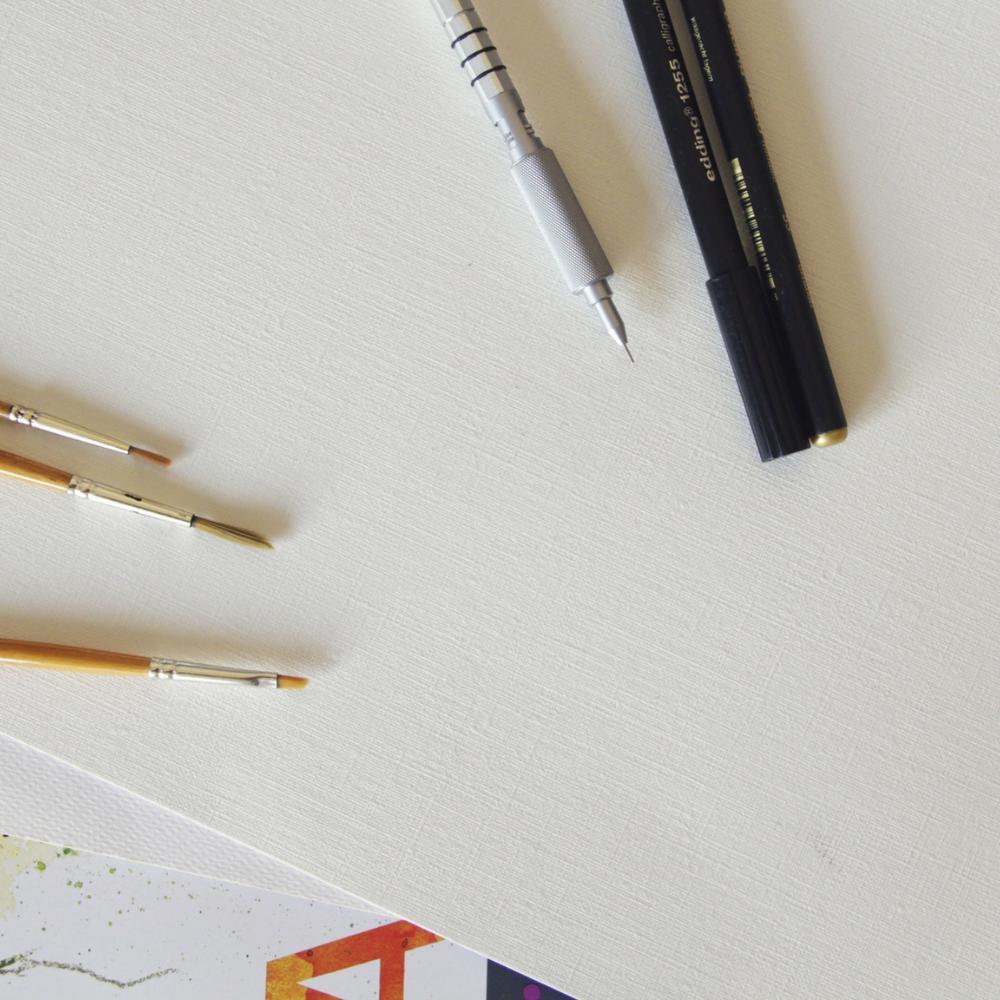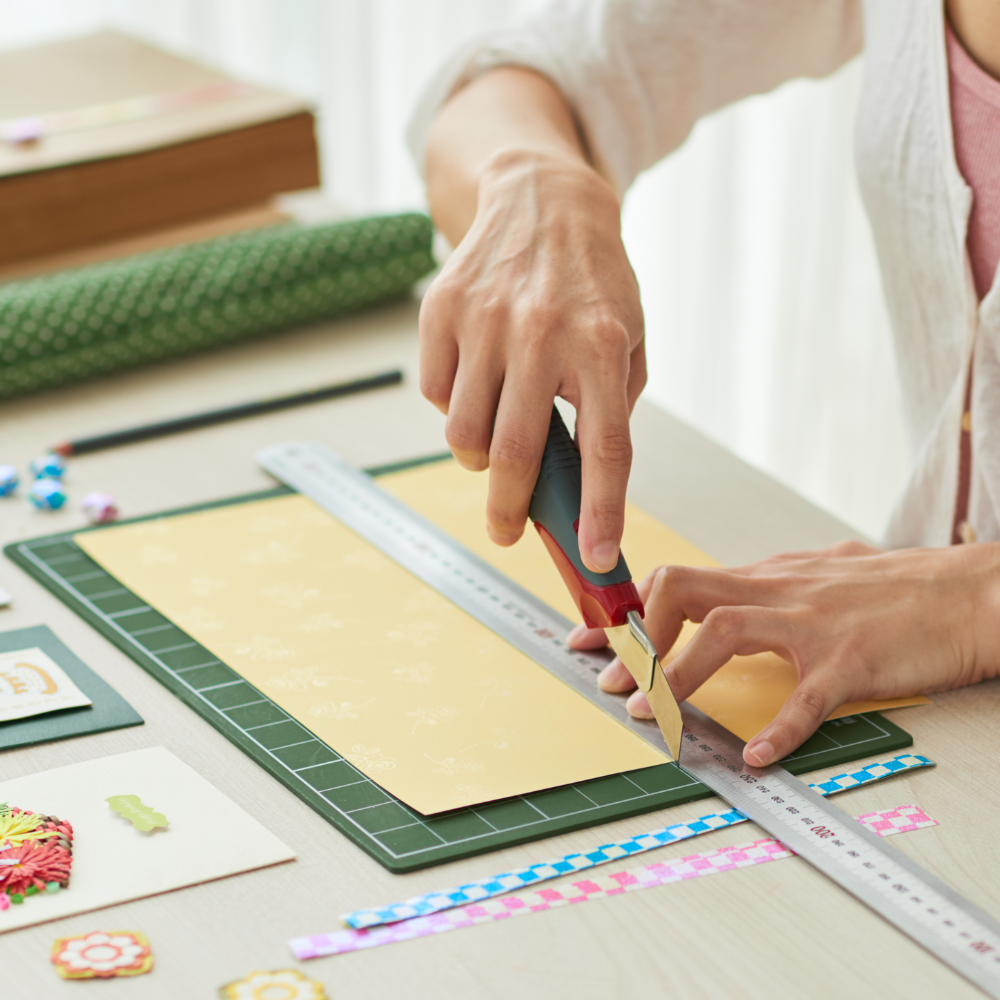Bright White Paper And Where To Use It
We all use paper in a variety of ways. If you really pay attention, you may notice how one kind of paper differs from another and how one print can look so different on a different paper. This usually happens even if you put up two similar papers of comparable qualities beside each other and notice how one is brighter than the other but the other more white.
Understanding Choice Of Paper For Your Prints
In a genuine sense, with paper for printing, especially images, brightness differs from whiteness. If you have experienced a certain discrepancy in your prints and your expectations from the prints, then we suggest you always ask for sample papers before investing in a ream of printing paper.
Always test for different papers before deciding. In color printing, the quality of printing paper can make drastic differences in ultimate results.
Here Are A Few Variables To Know Before Understanding The Right Printing Paper:
Know The Shade Of The Paper
When we have to refer to the color of the paper, we use the term paper shade. Shades of paper are crucial for printing the colored images or text. Any kind of paper, because of its inherent properties, can reflect a color or absorb another color and hence distort the final print. The ability of a paper to reflect visible light helps in determining the shade of a paper.
There are three major groups for shade in white sheets:
- Blue White
Because of its ability to reflect more blue light, this variety of paper is also called bright white or high white. It appears visibly more white than normal true white. The paper called blue-white will have, as the name suggests, a slight blue tint and appears brighter.
- Cream White
Cream white is the shade of paper that absorbs blue light just like blue-white reflects the blue light and hence cream white has a yellowish look. Cream white appears slightly yellowish, in linen paper for instance, because of its property to absorb all the cooler colors.
- True White
The true white paper appears to, by definition, reflect all colors of the spectrum without exception which pertains to the exact definition of white. The true white shade of the paper is visibly so because of the bleaching, manufacturing process, and pulp used.
Brightness Of Paper Is Crucial For Clarity
The brightness of a paper is not the same as whiteness. When a paper can reflect a specific wavelength of blue light measuring on a scale of 0 to 100 the higher the count of brightness on the scale, the brighter is the paper. That obviously means 95 paper will appear brighter than and an 85 bright paper because of reflecting more blue light. The advantage of bright paper is that the letters when printed over it appear clearer, crisp and the colors of the images pop. A paper of higher count of brightness can be used for important documents where presentation matters.
In simple words, brightness refers to the property of a paper to reflect a specific wavelength of light rather than just white.
Whiteness For Visibility Of All Colors
The degree to which a paper reflects all the wavelengths of the light spectrum visible to us is called whiteness. This means whiteness is closer to our perception of light and colors. On a scale of 0-100, a paper that scores a higher rating will appear whiter.
Depending on where you are looking at this white paper it can appear to be brighter under direct sunlight and have a slight blue tint when viewed under a different indoor light. With the addition of optical brightening agents, paper is made to appear whiter while using a balance of all colors.
To Summarize
When you wish to determine or enhance the readability of your printed documents or have a clear printing of images, the basic knowledge of whiteness or brightness of paper can come in handy. The Thunderbolt paper - bright white papers are simple papers that are extremely functional at improving the prints and texts of your documents.
The varying brightness is suitable for different purposes. For example, a high-white paper with a blue-white shade will provide maximum readability to your text-only black and white document.
Have you tried a bright white paper yet?


